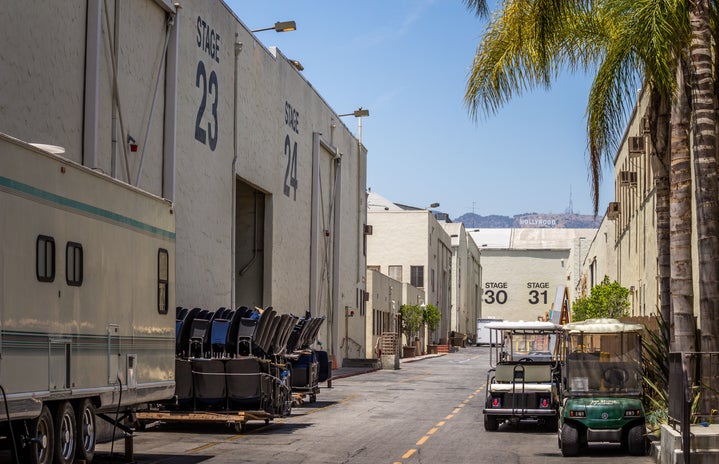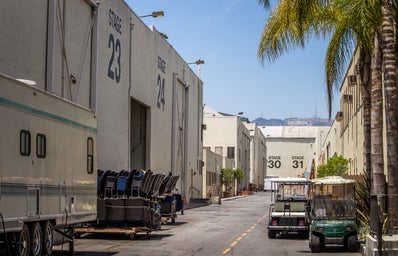March 2017 saw a landmark moment for summer blockbusters, and from a franchise that is simultaneously unlikely and entirely appropriate. “Power Rangers,” the big budget reboot of the still-running 90s superhero franchise, features an ensemble cast that includes four out of five people of colour, one of whom is LGBT and one of whom is on the autism spectrum.
For some people this is a huge victory for representation. For others it is Hollywood caving to “political correctness,” or at the very least including token characters for no reason other than the good press. That criticism hinges almost entirely on the film’s execution however. The execution of this film, I am delighted to report, is superlative, at least as far as the core cast is concerned. The action falls flat more often than it stands and impresses, and an egregious case of product placement had my theatre laughing harder than most of the intentionally funny beats. But the acting from the rangers and their on-screen relationships with each other feel completely authentic.
Calling this a Power Rangers movie doesn’t feel entirely accurate. This film is what would happen if The CW produced a reboot of “The Breakfast Club” where they gain superpowers. In truth, it presents a more accurate depiction of “teenagers with attitude” than the original show ever did. These are kids stuck in Saturday detention who pull dangerous pranks and make stupid decisions— things that real teenagers do. The way they relate to each other is what really cinches it though. In the first scene they share together we see RJ Cyler’s Billy being tormented by a bully in detention. Almost immediately soon-to-be Red Ranger Jason intervenes, and while he uses force he is also not needlessly violent. In the following scene Billy offers to help Jason dodge house arrest in return for his help with a project. It is during this project, less than ten minutes after he has been introduced, when Billy directly explains that he is on the autism spectrum. And Jason doesn’t treat him any differently afterwards. Although their friendship begins because of how they can help each other, it grows and deepens because they are always equals, even if they don’t agree on something.
This is true throughout the film in all of the Rangers’ interactions, and it is the thing that makes this film so important. Billy becomes the emotional core of the team, and his mannerisms never veer into the territory gimmick or mockery. After my viewing I ran into a friend of mine at the theatre who is on the autism spectrum who went on at length to me about how fantastic Billy’s portrayal was.
The other character who made headlines prior to “Power Rangers’” release was Becky G’s Trini. Both she and director Dean Israelite candidly discussed the fact the Yellow Ranger is queer. Israelite described it as a “pivotal” scene for the movie. It was not handled with the same ease as Billy, it was used to imply that Trini is wrestling with her identity and that she was finally beginning to trust these other people enough to talk about it with them. While I personally was left wanting more after the media fervor around this announcement, the fact that both the actor and director did not waver on the subject is extremely heartening. It is what really saves Trini’s moment from being written off as tokenism.
A token character is one who is included in a plot to fill a quota. They are designed to have superficial appeal without any actual depth behind them. Accusing any of the core characters in “Power Rangers” of being tokens is simply false. The action may not wow all audiences, but the character relationships are more than worth the price of admission. In the summer movie season, which is overwhelmingly dominated by straight, white male action heroes, it is refreshing to see some variety. I want to believe it is a sign of change, so that one day soon everyone can have a superhero similar to themselves to look up to. If nothing else, I hope “Power Rangers” is successful, and that the sequel already being teased capitalizes on this progress.

